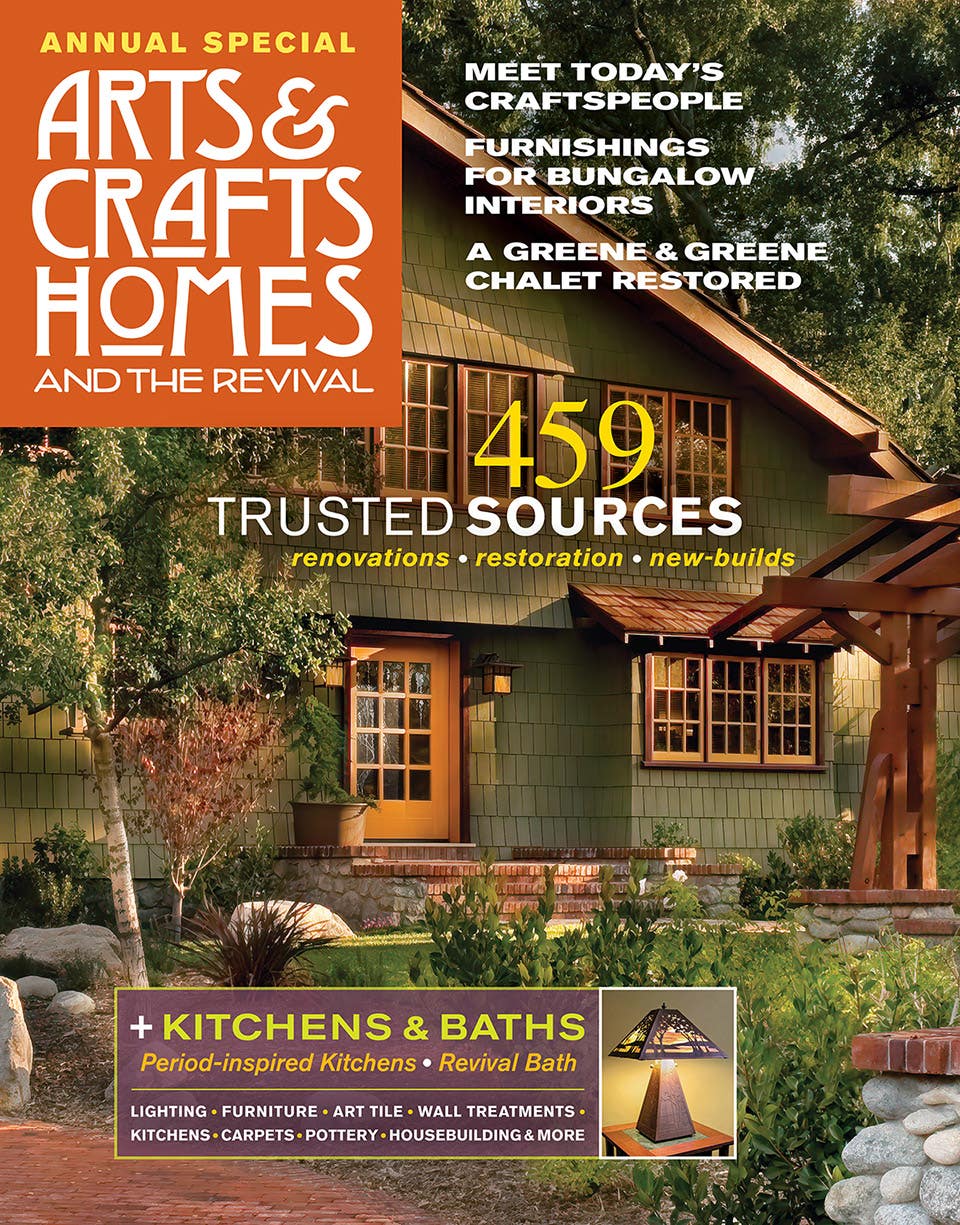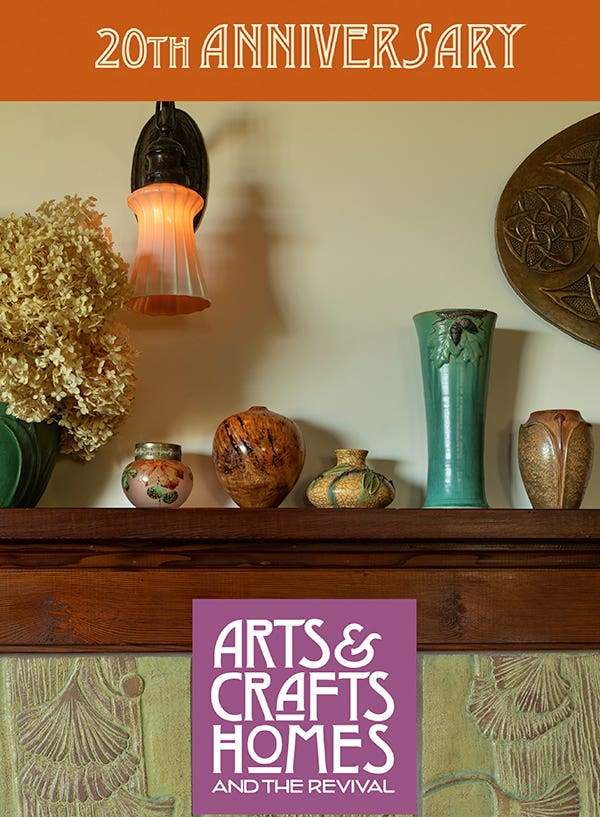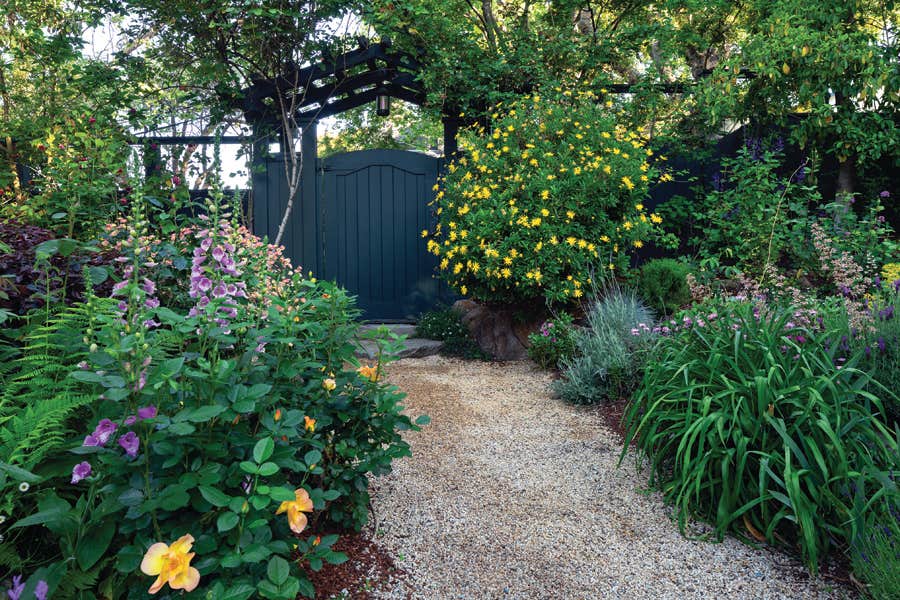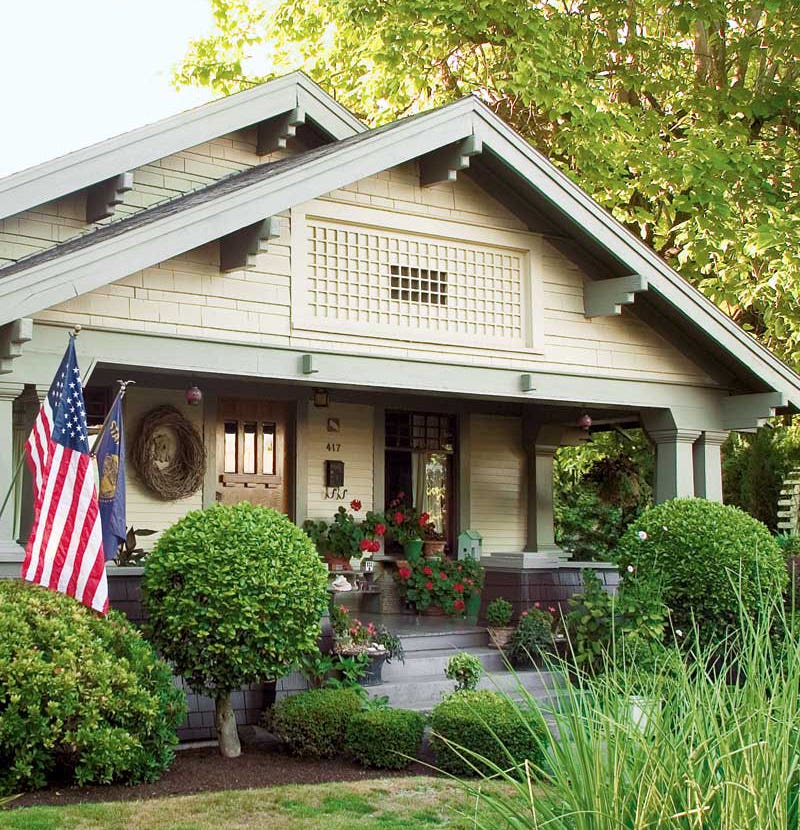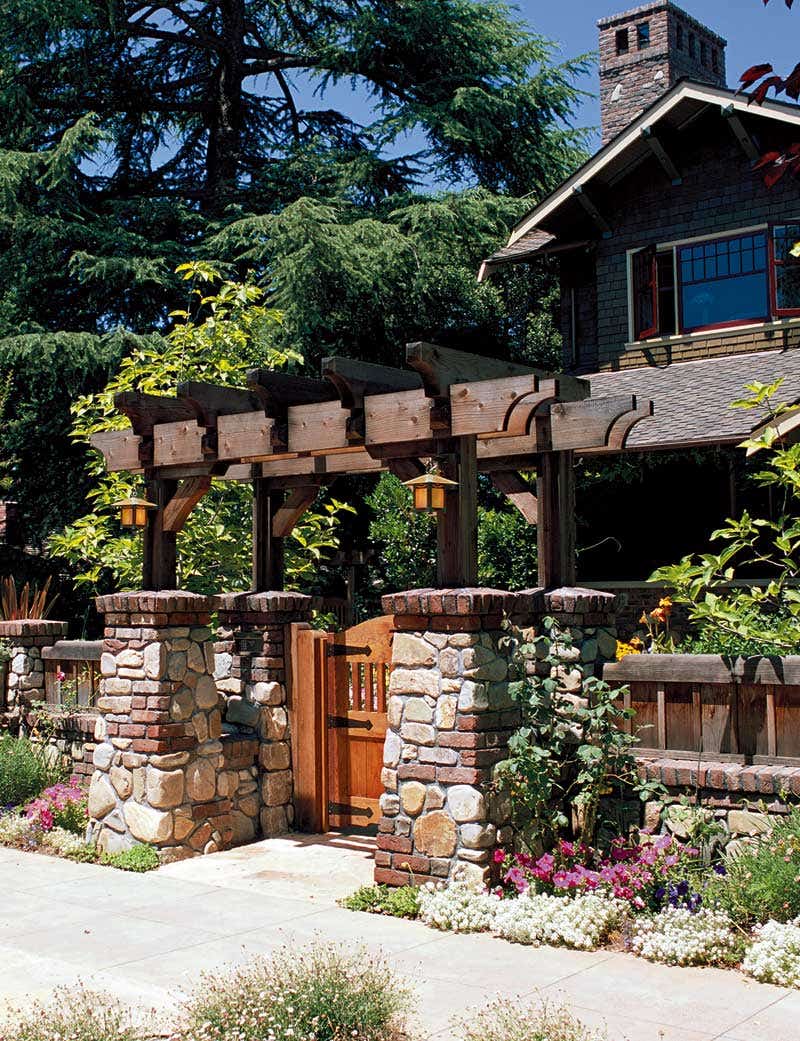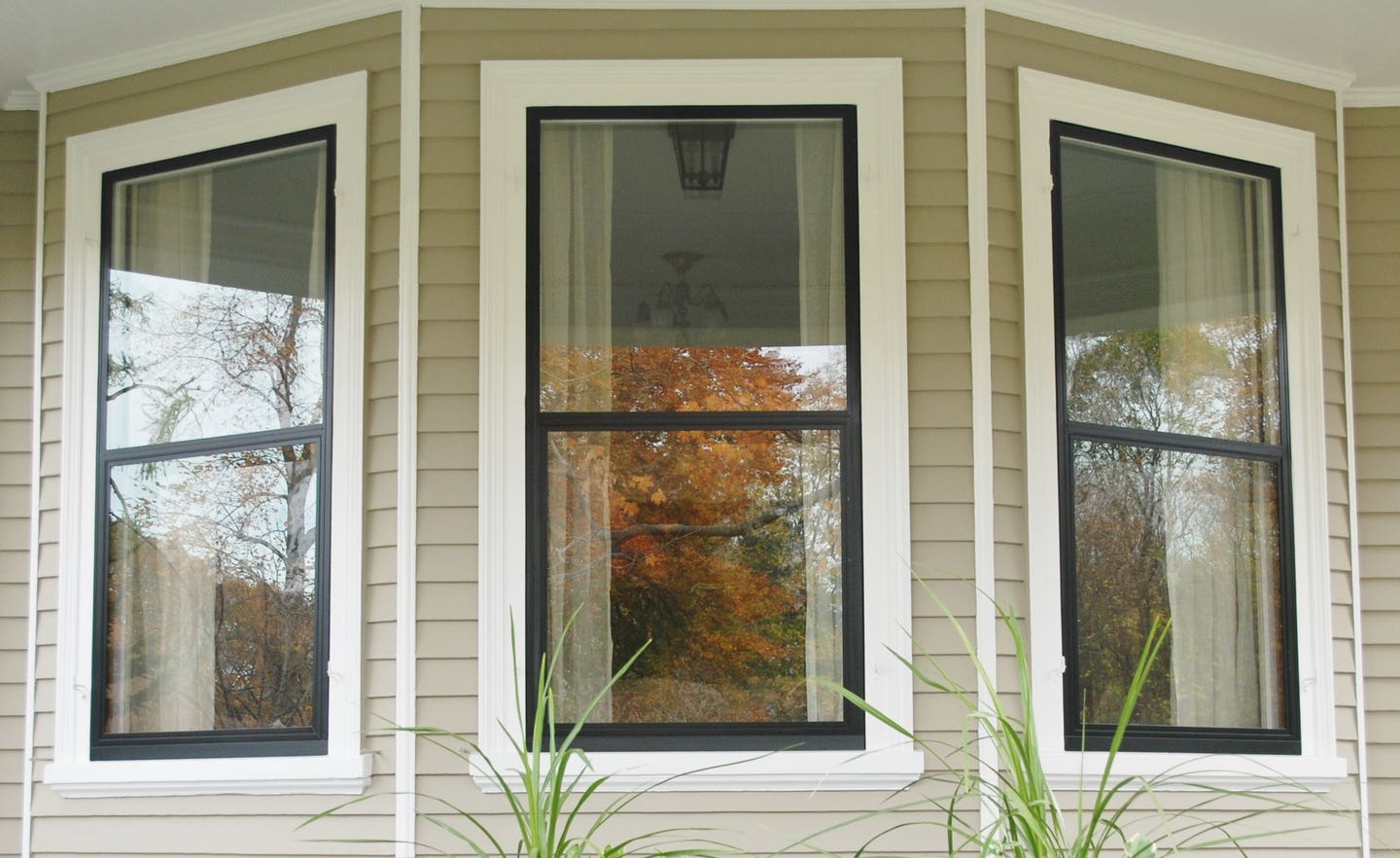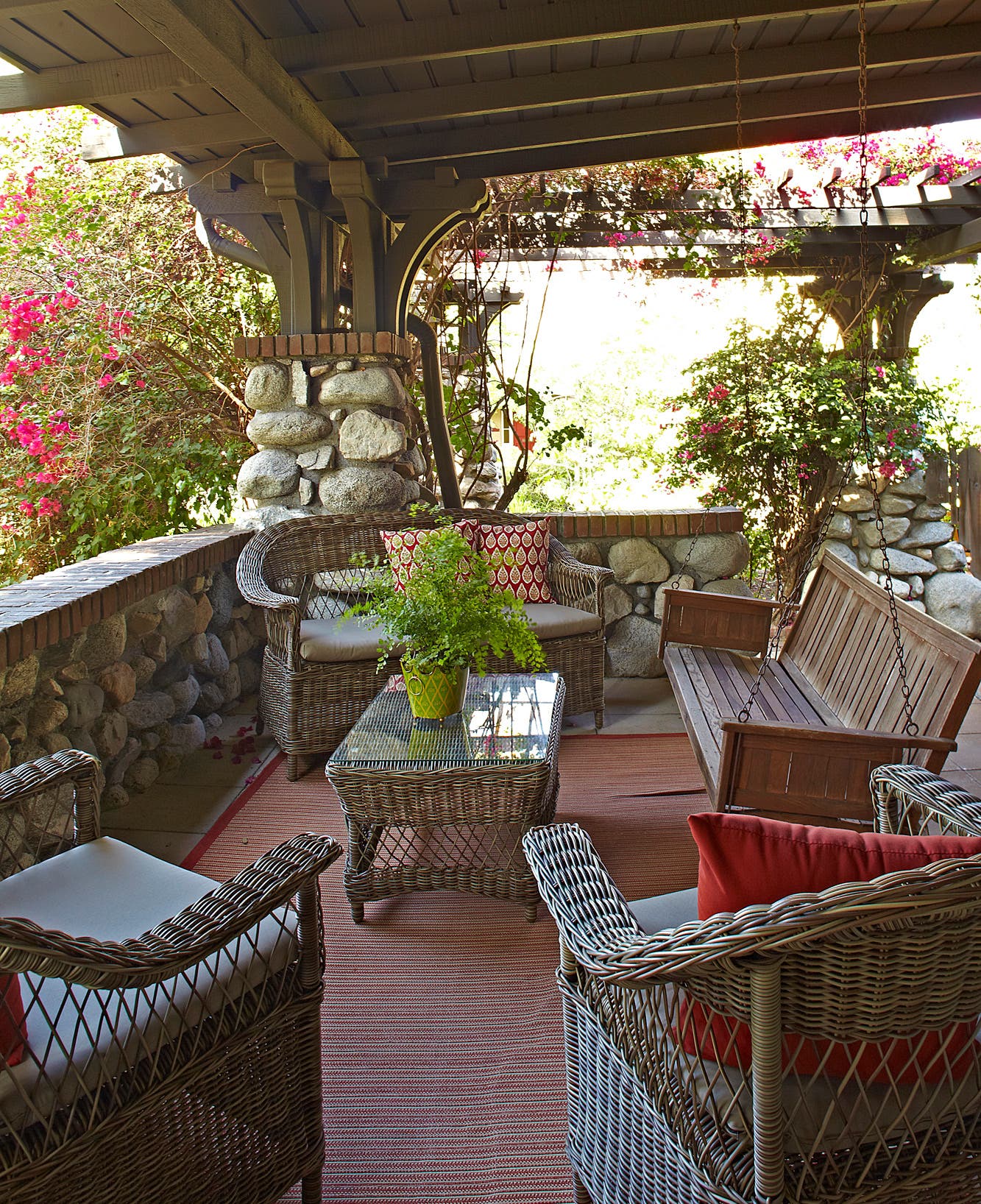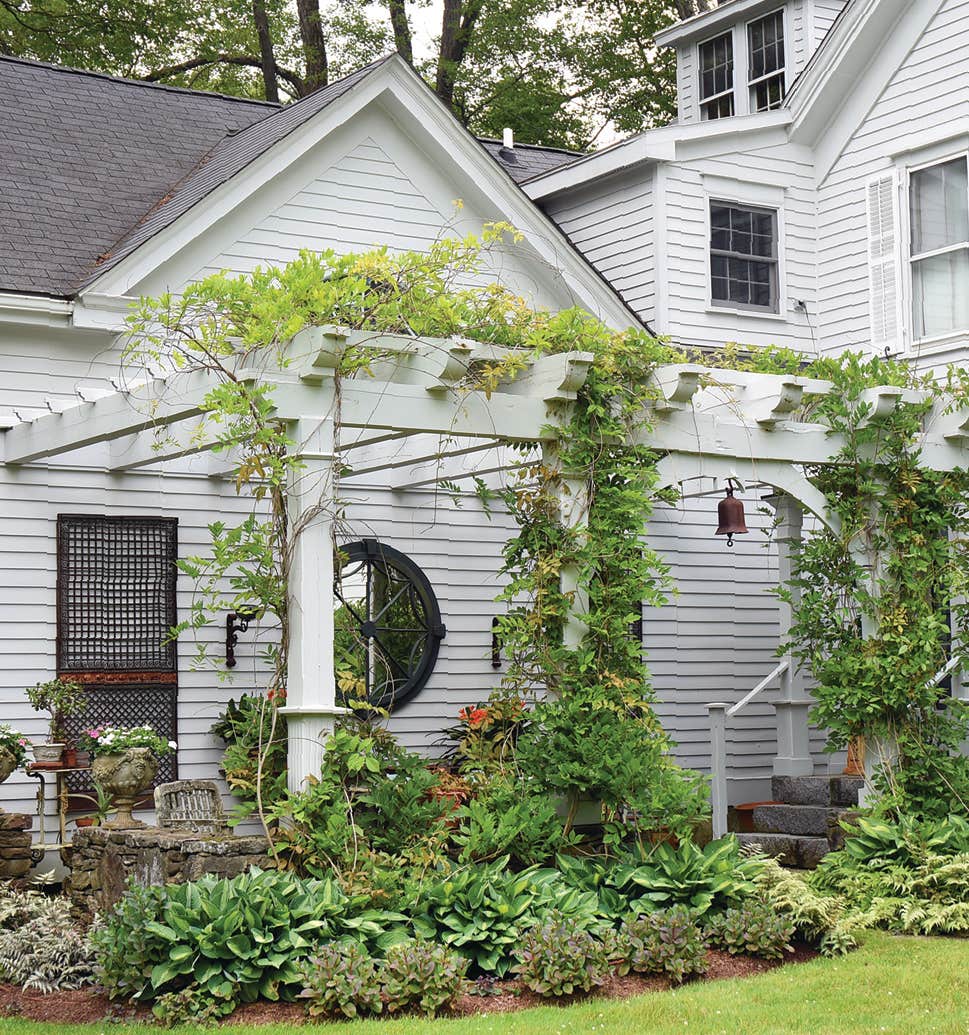The Guild: Doug Christie
Artisan woodworker Doug Christie does doors.
Like so many artisan woodworkers who become successful, Doug Christie’s path started when people saw furniture he’d made for himself and lined up to buy replicas. Plant stands and other furnishings led the way to custom entryways and doors, which Doug has been making since 1978.
Initially Christie was based in Orange County, California, notorious for its traffic and smog even then. “One day, I had to go to the lumber yard,” he says. It was 15 miles away. “It took two hours to get there, and two and a half to get back.” In 1985 he moved his shop to Durango, Colorado. He decided to focus on entry doors simply because he likes building them. At the time, he says, few people were specializing in exterior woodwork.
At first he made doors for dealers predominantly on the West Coast. When he went retail with a shop and internet site in 1999, the business went national. Many on his team have been working with him for years. Then as now, the shop is filled with hand tools, not automated equipment.
The company is “old school,” as Doug likes to say.
Christie almost always uses solid wood to build the doors, and he does much of the carving and embellishment himself. Techniques range from intarsia—where layers of wood in different species and grain are used to depict a tree or mountain—to hand hewing and three-dimensional carvings. The company used to plane the distinctive marks by hand, but Christie developed his own power plane to speed up the laborious process. “Now, other companies make the same power plane,” he reports.
Even though every entryway is custom-built art, Christie is conscious of the need to keep prices reasonable. “Typically, a standard-size entryway, pre-hung and prefinished, might be in the $2,000 to $3,000 range.” (Grander entryways can go into the tens of thousands.) Doug was surprised to learn that a door he’d made for a house in California had migrated east to Kansas City. “When the customers sold their house in Pasadena,” he says, “they took the door with them.”
The Breeze
When customers asked Christie to come up with a better solution to a screen door for a beautiful entry, he came up with an idea that took seven years to perfect: The Breeze, a solid-wood, period-inspired door that converts easily to a partial screen door, thanks to a unique folding panel and a pull-down screen. When he took his prototypes to a building design show in 2010, “people loved it,” he says. “Crowds were in awe of how functional and well-made it is.” a You might call it a modern Dutch door. When closed, the movable panel fits tight and flush to the opening to keep out even strong winds and bitter cold. Skipping the screen door preserves aesthetics and makes it easier to pass in and out of the house. The Breeze is so successful, it’s now the mainstay of his business. Last year, Christie says, he sold five times as many Breeze doors as conventional entries.
How to Build a Door
With today’s emphasis on engineered woods, it’s tempting to believe that doors with dimensionally stable engineered cores or components are superior to those made from old-fashioned wood.
That’s not necessarily so, says Doug Christie. “I’m not a big fan of engineered stiles and rails, which are basically veneered. They’re cheaper to make, but they don’t necessarily stay straight.”
Careful selection of lumber is the key to a door that’s dimensionally stable, he says. “We look at the grain, the amount of bow or warp in it, whether we can straighten it and if it’s going to stay straight once we straighten it.”
Once the wood is chosen and stiles, rails, and panels are cut, every surface must be painted or varnished to retard moisture. Keeping moisture out of the wood helps reduce movement within the door. Wood species and individual boards, adhesives, and finishes all must be chosen to stand up to the conditions for each side of the door, whether it’s exposed to the harsh wet weather on the exterior or the dry heat and air conditioning inside.
In most cases, the lumber for stiles, rails, and any interior paneling is cut to the overall thickness of the door. Depending on what finishes are desired, however, some doors that are 2½" thick when finished will be sandwiched together from solid wood that’s 11∕8" thick.
Another advantage of solid wood doors is their adaptability, especially for retrofits in existing houses. For example, many new entry doors are standardized at 36" wide. The opening on an existing older home may be 34", more or less. If you buy a stock 36" door with an engineered core expecting to cut it to fit, the core will be exposed. But, even when a solid-core door is extensively cut, it looks fine.
Doug Christie
Christie’s Wood and Glass
Durango, CO
(877) 371-8894
entryways.com
Mary Ellen Polson is a creative content editor and technical writer with over 20 years experience producing heavily illustrated know how and service journalism articles, full-length books, product copy, tips, Q&As, etc., on home renovation, design, and outdoor spaces.

